Name Bidu Sayao Role Soprano | Awards Grammy Hall of Fame | |
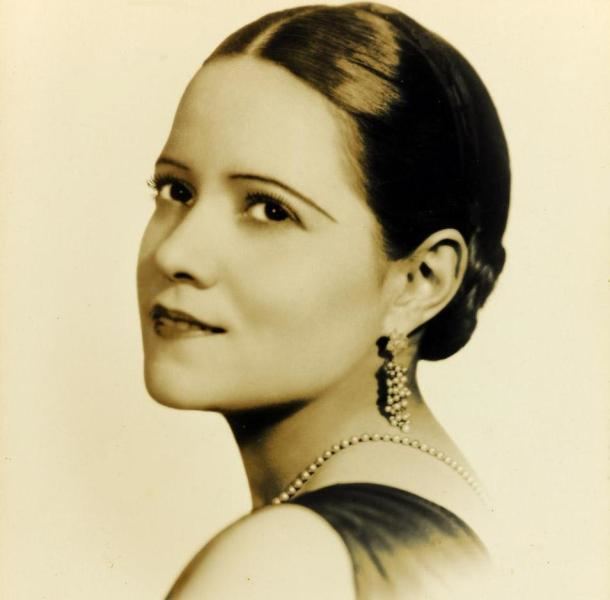 | ||
Albums Heitor Villa Lobos - Forest of the Amazon (1959) Similar People Heitor Villa‑Lobos, Salvatore Baccaloni, Nicola Moscona, Ezio Pinza, Jussi Bjorling | ||
Part iii rare and unknown voices bidu sayao
Balduína "Bidu" de Oliveira Sayão (pronounced bee-DOO sigh-OWN) (May 11, 1902 – March 13, 1999) was a Brazilian opera soprano. One of Brazil's most famous musicians, Sayão was a leading artist of the Metropolitan Opera in New York City from 1937 to 1952.
Contents
Bidu sayao o mio babbino caro
Life and career
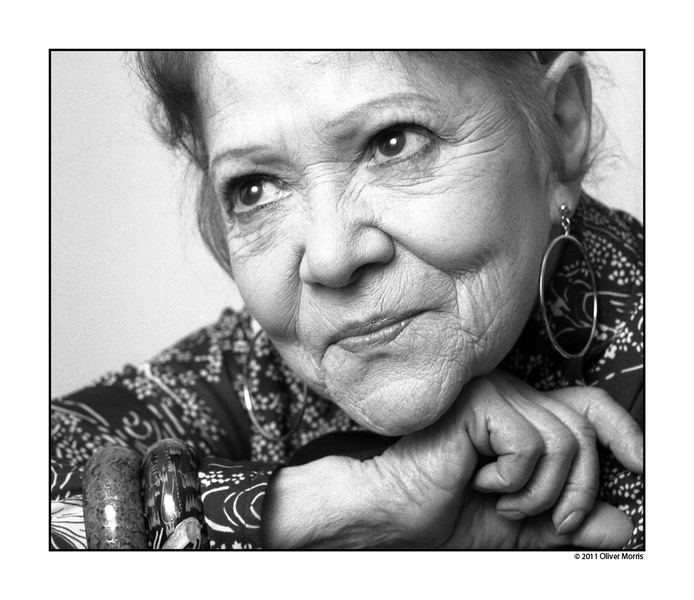
Bidu Sayão was born to a cultured family in Botafogo, Rio de Janeiro. Her father died when she was five years old and her mother struggled to support her daughter's costly pursuit of a singing career. At just eighteen, the gifted Bidu Sayão made her major opera debut in Rio de Janeiro. Her acclaimed performance led to an opportunity to study with the famous Elena Teodorini, first in Brazil, then in Romania; and then to study with the renowned Polish tenor and tutor, Jean de Reszke, in Nice. During the mid-1920s and early 1930s, she performed in Rome, Buenos Aires, Paris, as well as in her native Brazil. While at the Teatro Costanzi in Rome, she met impresario Walter Mocchi (1870–1955). After his wife, soprano Emma Carelli, died in 1928, the two became romantically involved and were married. However, it did not last and in 1935 Sayão married Italian baritone Giuseppe Danise (1883–1963).

In 1930, she debuted at the Teatro alla Scala in Milan, and in the next year she sang a successful Juliette, in Gounod's Roméo et Juliette, at the Paris Opera. In the same year, she gained a great success with her debut at the Opéra Comique as Lakmé. She soon became one of the leading lyric coloratura sopranos in Europe, especially in Italy and France. Her repertoire included Lucia di Lammermoor, Amina in La sonnambula, Elvira in I puritani, Zerbinetta in Ariadne auf Naxos and Cecilia in Il Guarany, among other roles.
Metropolitan Opera
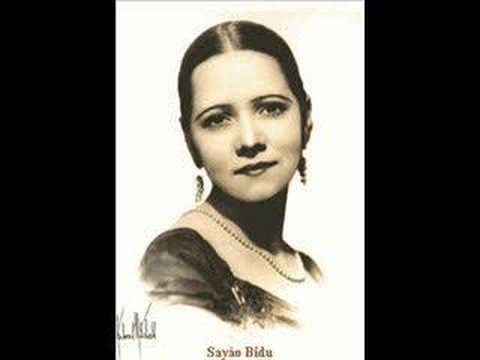
Bidu Sayão made her U.S. debut in a recital at Town Hall in New York City on December 30, 1935. Her U.S. operatic debut followed on January 21, 1936, when she and Danise sang in the penultimate production of the Washington National Opera, a semi-professional company not associated with its modern namesake; the performance, of Léo Delibes's Lakmé, was marred by a fractious dispute in which the orchestra musicians declined to play without payment in cash, and ultimately the performance was accompanied by a portable organ, with some singers appearing in costume and some in street clothes owing to a similar demand by the stage hands and costume man. Altogether more dignified was her performance a few months later with the New York Philharmonic at Carnegie Hall singing La damoiselle élue by Debussy. Her performance was under the baton of Arturo Toscanini, who would become her greatest supporter and lifelong friend.
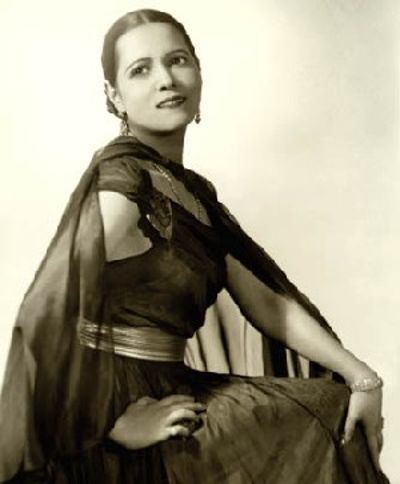
She sang her first performance at the Metropolitan Opera as Manon on February 13, 1937, replacing the Spanish soprano Lucrezia Bori. The critics, including Olin Downes of the New York Times, raved about her performance and within a few weeks she was given the lead in La traviata, followed soon thereafter by Mimì in La bohème. She also contributed to the Mozart revival at the Metropolitan Opera, becoming the pre-eminent Zerlina (Don Giovanni) and Susanna (The Marriage of Figaro) of her generation.
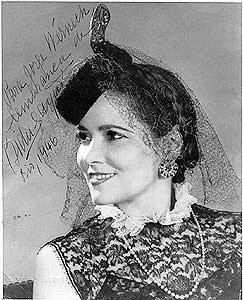
Brazilian composer Heitor Villa-Lobos had an artistic partnership with the diva that lasted many years. He made a number of recordings of his compositions, including a famous recording of the Bachianas Brasileiras No. 5.
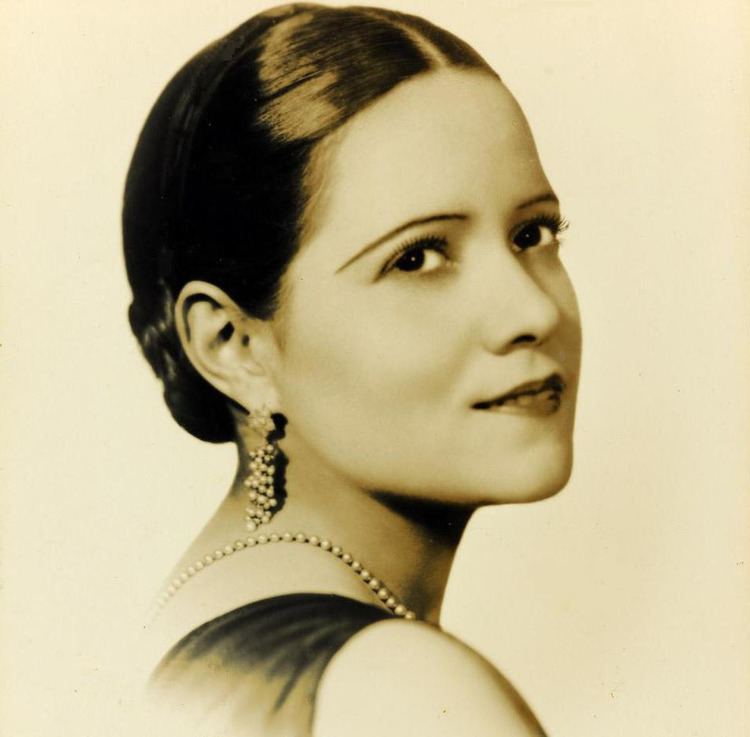
Bidu Sayão and her husband Giuseppe Danise purchased an oceanfront property in Lincolnville, Maine. After fifteen years with the Metropolitan Opera, she gave her last performance in 1952, choosing to retire from opera while still at the top of her form. For the next two years she was a guest performer throughout the U.S., but in 1957 she decided to retire completely from public performance; two years later she made her final recording as the soprano soloist on Villa-Lobos' world premiere stereo recording of his cantata Forest of the Amazon with the composer conducting the Symphony of the Air.
Following her husband's death in 1963, Bidu Sayão lived quietly at her home in Maine. She returned to visit Brazil a last time in 1995 for a tribute to her during the Carnival in Rio de Janeiro, and died a few years later, aged 96, at the Penobscot Bay Medical Center in Rockport, Maine. Her ashes were scattered across the bay in front of her home.
Legacy
Following her last visit to her homeland, the government prepared plans to honor her memory. In 2000 the Bidu Sayão International Vocal Competition was established to promote Brazilian operatic talent through a world-class competition. Sayão's portrait, painted by Curtis Ether, hangs in the lobby of the Metropolitan Opera House in New York City.
Ernani braga bidu say o 1948 folk songs of brazil original 1949 columbia lp recording
Songs
Sao Joao da ra Rao
Canto da Saudade
Jewel Song
